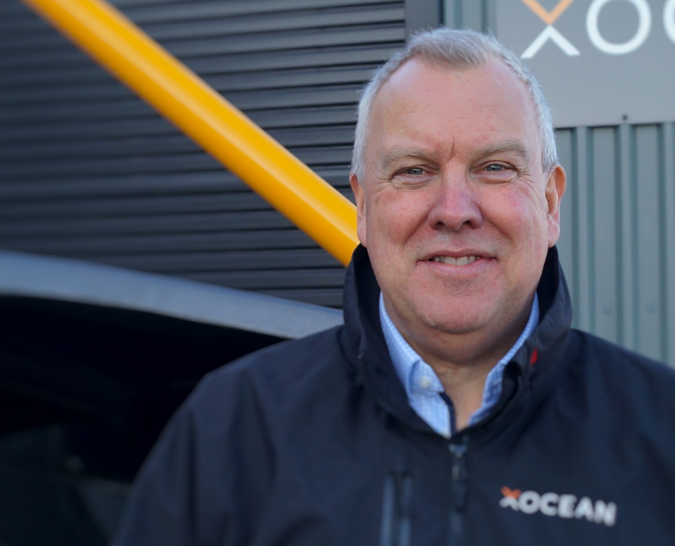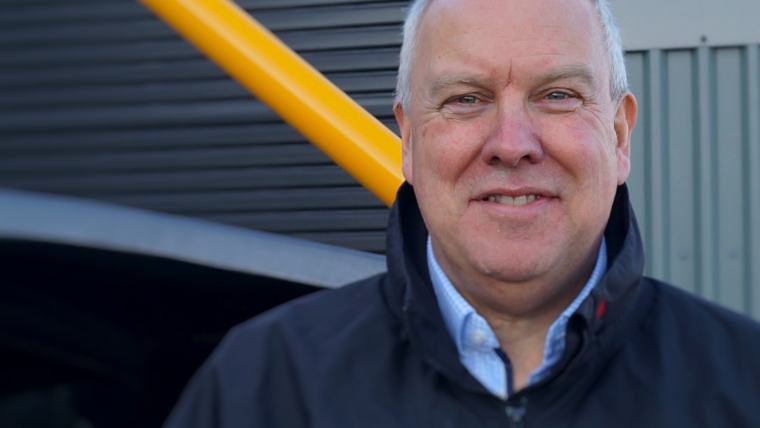Hydrospatial Data Trends: Offshore Wind, Uncrewed and Higher Resolution
Hydro International asked various leading experts with different professional backgrounds to share their thoughts on the present and future of the hydrographic industry. This time, Duncan Mallace, chief strategy officer of XOCEAN, shares his thoughts on a variety of topics, such as key market trends, technology drivers and challenges, and the impacts of COVID-19 and climate change on the sector.
What has been the impact of COVID-19 on your business?
2020 saw some projects delayed until 2021, but we still managed to triple our growth in 2020 and are on course to do the same in 2021. Logistically, it was difficult in 2020 to get the USVs to project locations and we had to be creative with where we fitted out and tested the survey equipment. We have also had to work hard on procedures and guidelines as we have been shipping the USVs worldwide and relying on third party companies to maintain and launch the USVs. Once in the water, the USVs are controlled by our USV pilots remotely. All the companies we have worked for and with have been absolutely brilliant and very accommodating.
What do you consider the key market trend in the coming years?
There are three main trends. The key growth market is offshore wind. This is on a global scale now and will only increase. Judging by our clients’ comments and requests, the operational trend is definitely towards uncrewed solutions both above and below water. Carbon neutral and safety continue to be key ESG goals. There is also a trend to collect ever higher resolution data as it de-risks the installation and long-term life of the offshore wind farms. USVs collect great data as they are so acoustically quiet and we use the latest, highest resolution technology.
Which technological driver do you consider most important in the coming years?
Low Earth orbit satellites providing high bandwidth, low latency and low cost will have a significant impact. This will enhance many aspects of our business and produce new ways of working. Having fibre-like speeds will allow us to upload the survey data as soon as it is acquired, which will then feed into our cloud-based data processing network.
What do you see as the main challenge in the coming years?
We plan to recruit a further 100 people across the business over the next six months. As our personnel operate our USVs remotely and our data processing is in the cloud, all employees can work remotely. This offers a different work-life balance for our team without the need to go offshore. We are also trying to ‘follow the sun’ by having employees across the globe, so that unsociable shift patterns can be a thing of the past.
The climate crisis urges companies to contribute to a safer and more sustainable world. What is your vision on this?
From the beginning of the company, safety and sustainability have been at the core of everything we do. Our emissions are 0.1% of those of a normal survey vessel and no people are required to go offshore. This approach aligns closely with that of our customers and partners – where the remote collection of high-quality data is key.
Duncan Mallace
Duncan Mallace is chief strategy officer of XOCEAN. He has over 29 years of experience in the collection, processing and analysis of ocean data. A highly skilled hydrographic surveyor, he was a pioneer and early adopter of high-resolution multibeam technology in the early 1990s and helped push the boundaries of multibeam technology from its infancy to the de facto tool for seabed mapping that it is today.


Value staying current with hydrography?
Stay on the map with our expertly curated newsletters.
We provide educational insights, industry updates, and inspiring stories from the world of hydrography to help you learn, grow, and navigate your field with confidence. Don't miss out - subscribe today and ensure you're always informed, educated, and inspired by the latest in hydrographic technology and research.
Choose your newsletter(s)
























